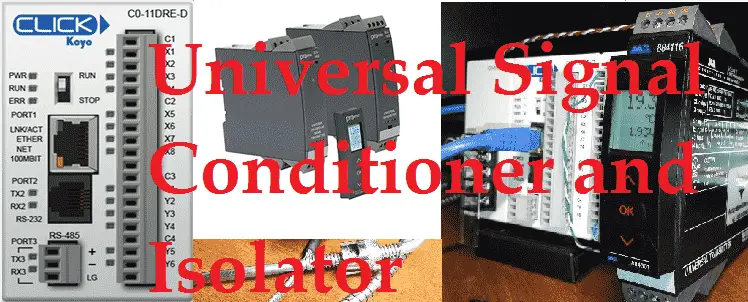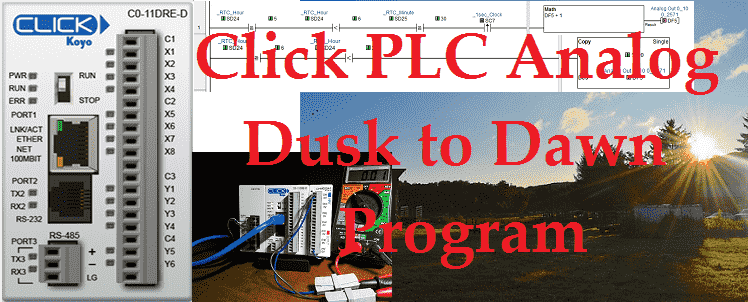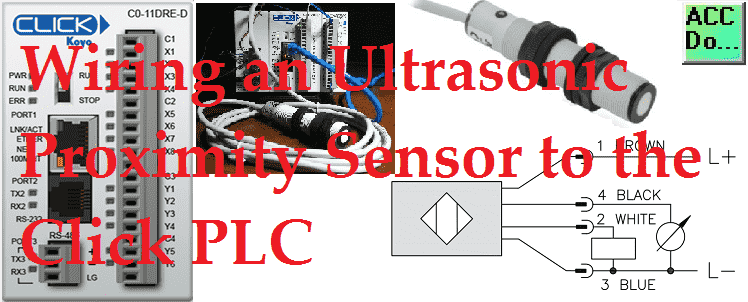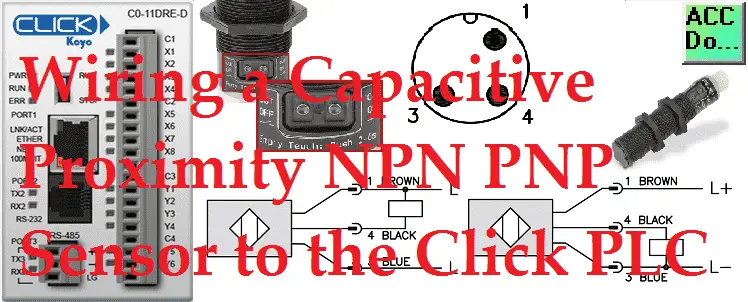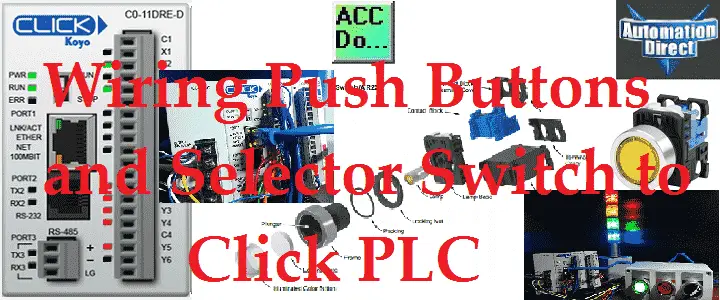Universal Signal Conditioner and Isolator
Signal conditioners are used with analog current and voltage signals. They have the ability to change your input analog signal to another output analog signal. As an example, we can have 4-20mA analog input and change it to a 0-10VDC output signal so we can wire this into our PLC. Typically signal conditioners will also … Read more

